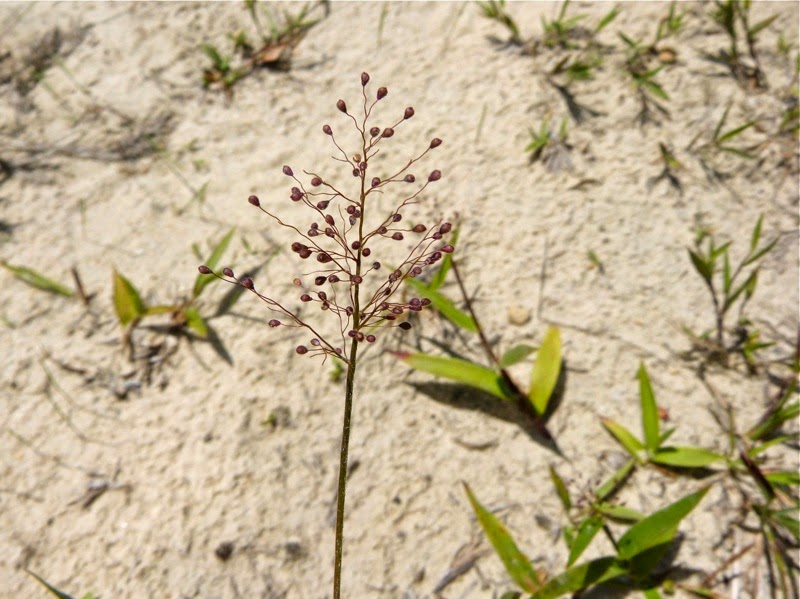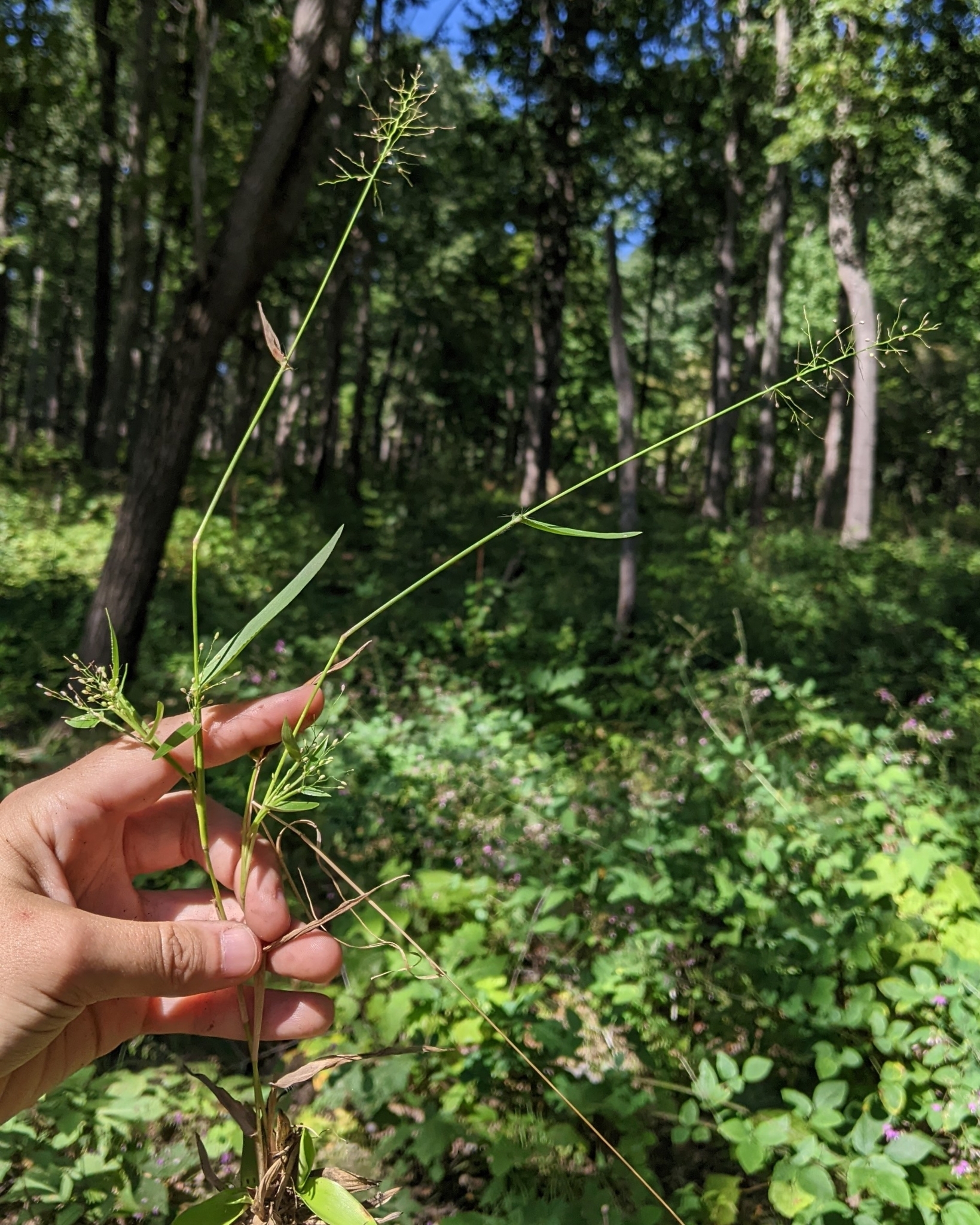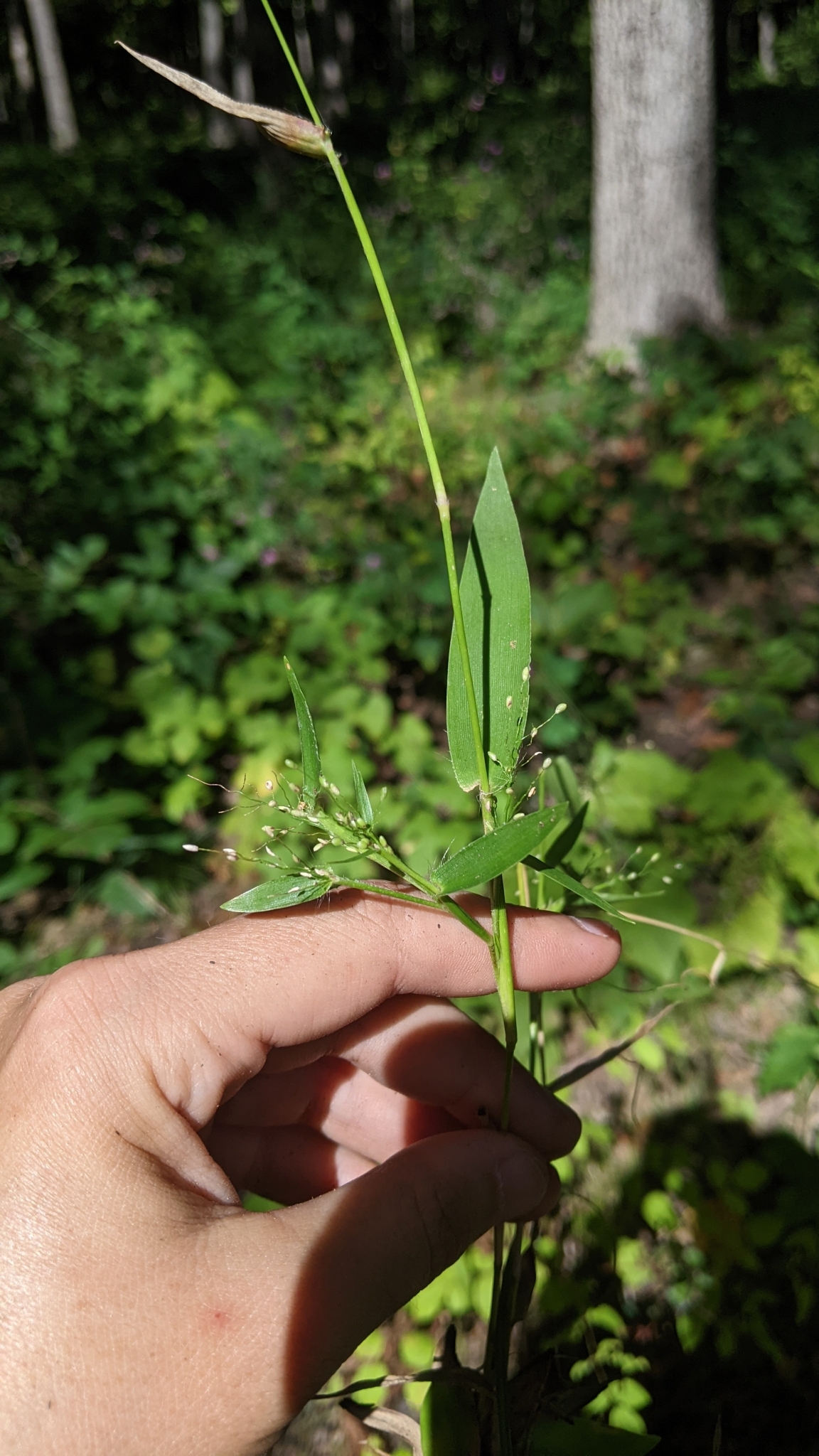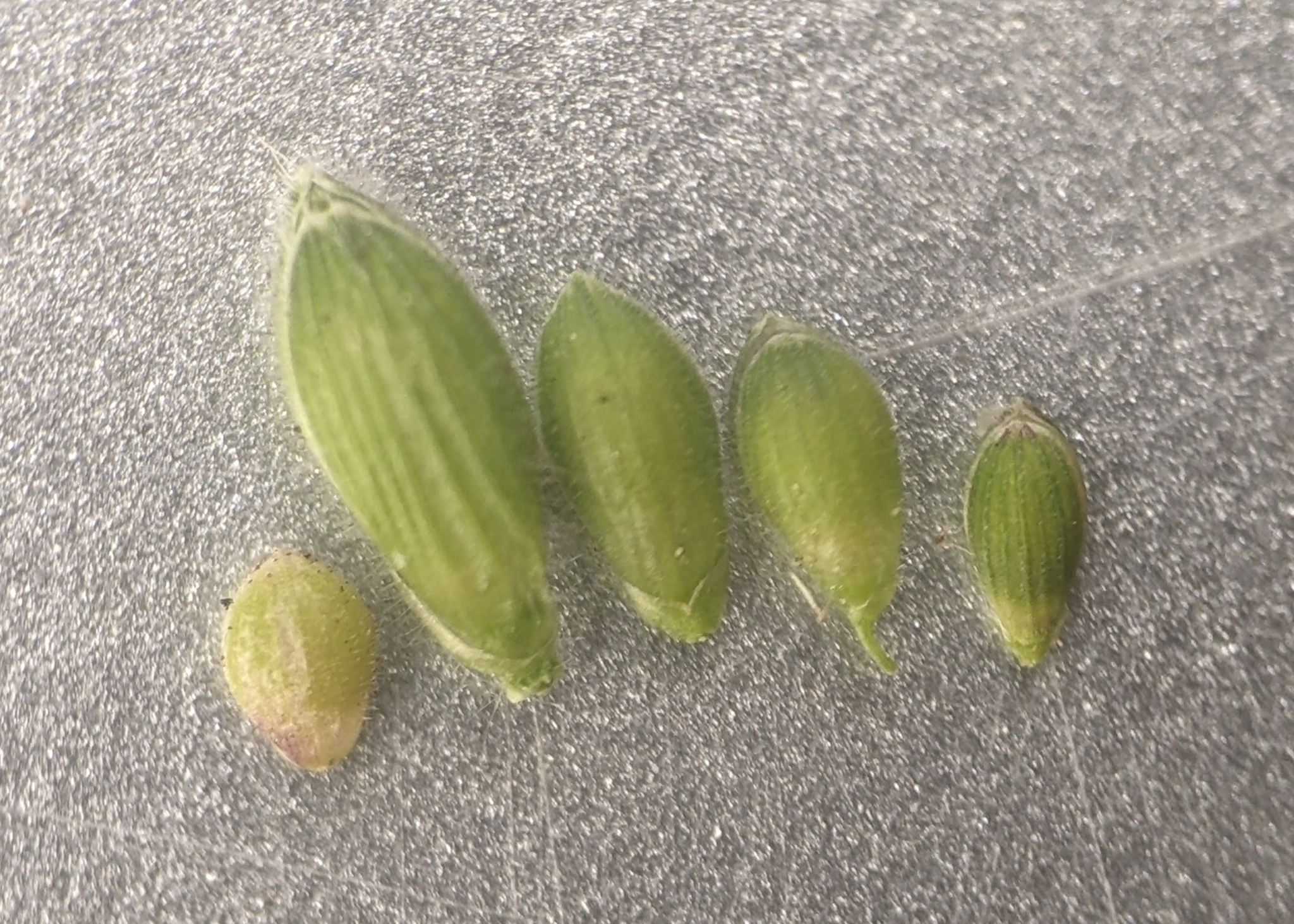Map Snapshot















77 Records
Seasonality Snapshot
Use of media featured on Maryland Biodiversity Project is only permitted with express permission of the photographer.
Round-fruited Panicgrass in Wicomico Co., Maryland (6/23/2014).
Media by
Jim Brighton.
Round-fruited Panicgrass in Cecil Co., Maryland (6/23/2014).
Media by
Jim Brighton.
Round-fruited Panicgrass in Dorchester Co., Maryland (Date obscured). (c) Claire Ciafré, some rights reserved (CC BY-NC).
View Record Details
Media by
Claire Ciafré via iNaturalist.
Round-fruited Panicgrass in Dorchester Co., Maryland (Date obscured). (c) Claire Ciafré, some rights reserved (CC BY-NC).
View Record Details
Media by
Claire Ciafré via iNaturalist.
Round-fruited Panicgrass in Anne Arundel Co., Maryland (6/22/2014). Determined by Wayne Longbottom.
Media by
Bill Hubick.
Round-fruited Panicgrass in Dorchester Co., Maryland (Date obscured). (c) Claire Ciafré, some rights reserved (CC BY-NC).
View Record Details
Media by
Claire Ciafré via iNaturalist.
Source: Wikipedia
| Dichanthelium sphaerocarpon | |
|---|---|

| |
| Scientific classification | |
| Kingdom: | Plantae |
| Clade: | Tracheophytes |
| Clade: | Angiosperms |
| Clade: | Monocots |
| Clade: | Commelinids |
| Order: | Poales |
| Family: | Poaceae |
| Subfamily: | Panicoideae |
| Genus: | Dichanthelium |
| Species: | D. sphaerocarpon
|
| Binomial name | |
| Dichanthelium sphaerocarpon (Elliott) Gould
| |
| Synonyms | |
|
Panicum polyanthes | |
Dichanthelium sphaerocarpon, also called Panicum polyanthes, common name round-seed panic grass, is a plant found in North America.[1] It is listed as endangered in Michigan.[1] Dichanthelium sphaerocarpon var. isophyllum is listed as a special concern and believed extirpated in Connecticut.[2]
References
[edit]- ^ a b NRCS. "Dichanthelium sphaerocarpon". PLANTS Database. United States Department of Agriculture (USDA). Retrieved 18 April 2021.
- ^ "Connecticut's Endangered, Threatened and Special Concern Species 2015". State of Connecticut Department of Energy and Environmental Protection Bureau of Natural Resources. Retrieved 17 January 2018. (Note: This list is newer than the one used by plants.usda.gov and is more up-to-date.)





